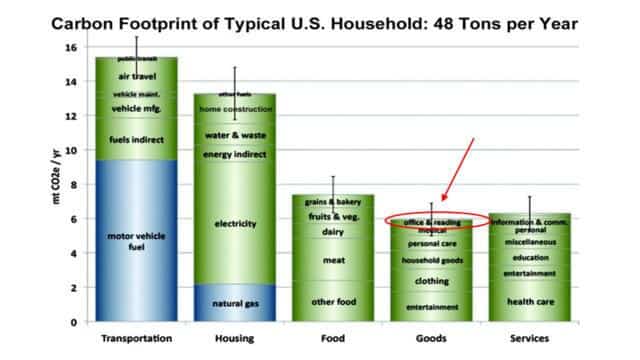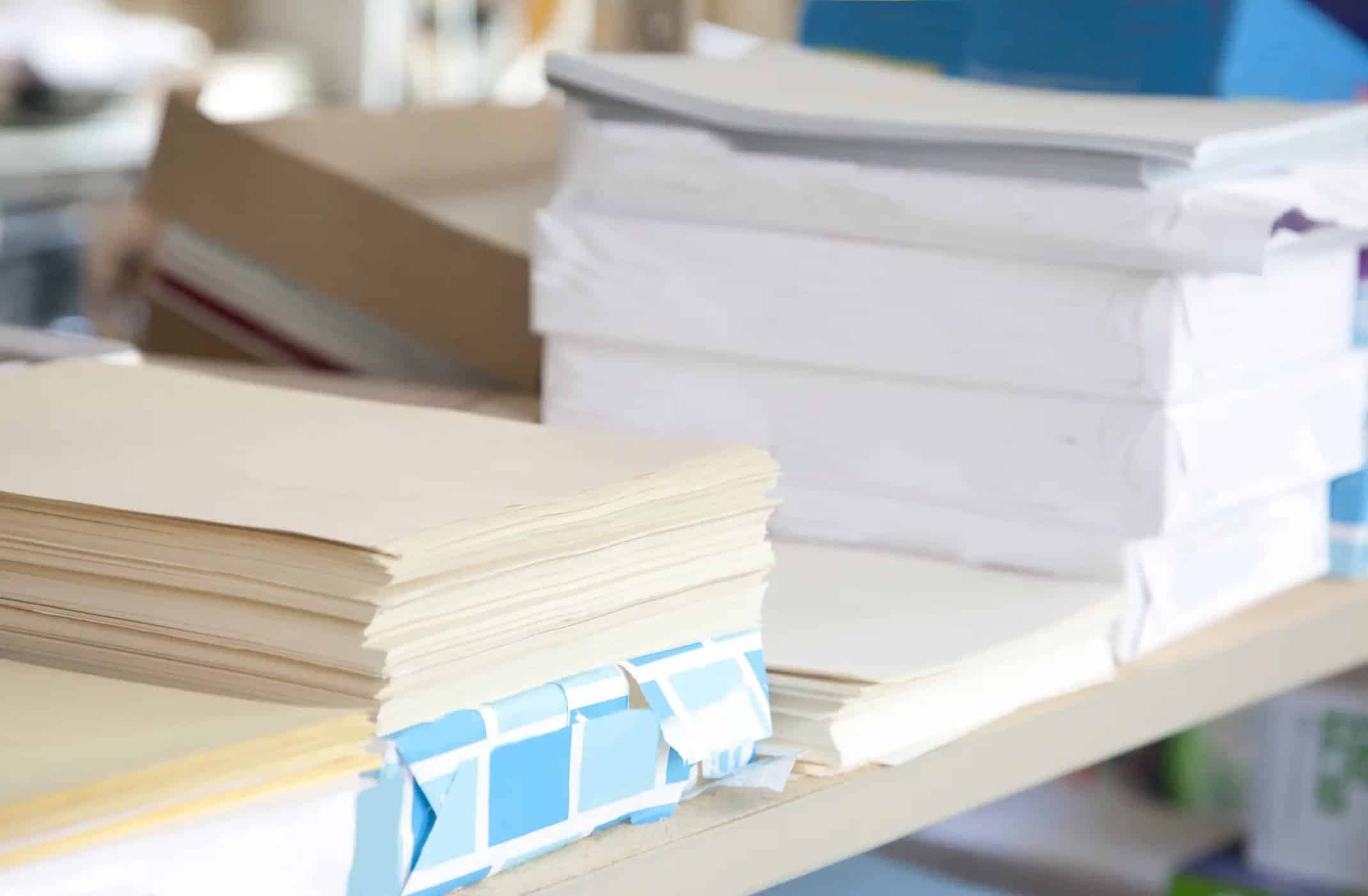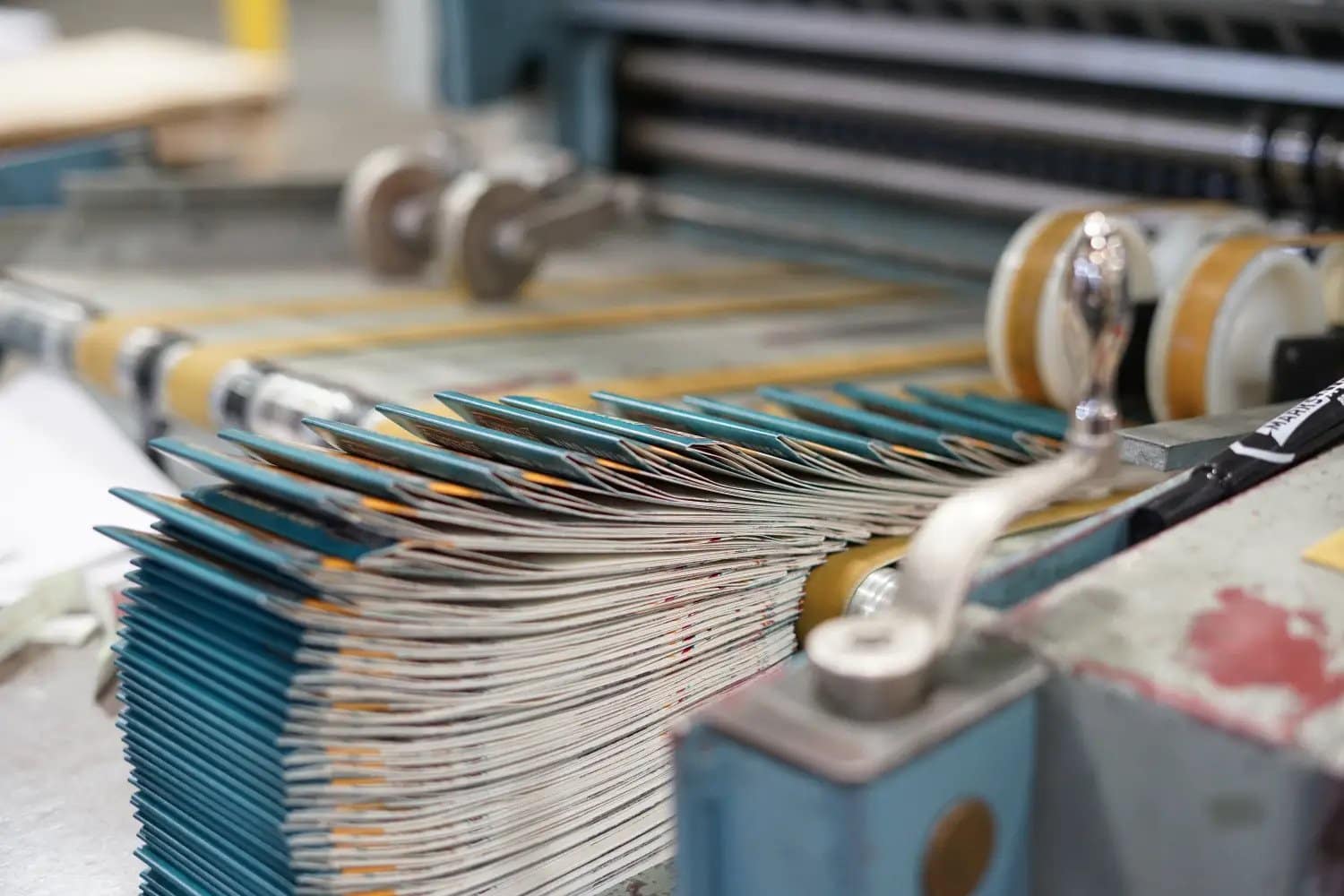Recycled, FSC, or Synthetic? Your Guide to Eco-Friendly Paper For Map Printing
Until more recent climate-related catastrophes, you may not have given much thought to eco-friendly paper for your map printing project. However...

Are your paper map creations contributing to climate change? Customers continue to cling to printed goods over digital, particularly with regard to maps. However, with the rate of climate change seemingly gaining momentum, it’s natural to be concerned about how the products you create affect the world in which you live. To understand the impact of printed products in American households on climate change, it’s necessary to get a clear view of the overall picture…

A common measure of the contribution of a single household to climate change, household carbon footprint is determined by evaluating the overall amount of greenhouse gas emissions created by all the ‘stuff’ consumed by everyone who lives in a home, from creation through use and disposal. What does the carbon footprint of the average household look like? According to the EPA, annually the average American household produces 54,462 pounds CO2 from transportation, heating, electricity, and waste production. Looking closer, The Cool Climate Network based at UC Berkeley further included air travel, food, healthcare, education, entertainment, clothing and personal items, and other goods and services, bumping up that footprint to about 96,000 pounds (48 tons) of CO2 per year, per family.
Breaking things down, contributors to CO2, including paper, include…
Yep. The entire category, including paper used to print maps, represents about 400 pounds of CO2 annually, per household. Similar results regarding the impact of printed products on household carbon footprint were found in Finland, where 0.9% of overall climate impact was attributable to printed products. Globally, pulp, paper, and printing industries contribute about 1% to greenhouse gas emissions. In fact, U.S. figures for 2016 showed this segment was responsible for generating only about 0.5% of total U.S. greenhouse gas emissions: 37.7 million of 6,546.2 million metric tons.
Computers and digital communications technologies currently contribute 2-3% of the total human global carbon footprint. This number, however, is expected to double by 2020.
Making small changes can have a huge impact on the future of climate change. Contact MapPrinter today to learn more about our line of sustainable substrate selections, including:
Forest Stewardship Council Certified Paper
Conforming to worldwide sustainable forestry practices, FSC Certified substrates, which differ from recycled substrates, ensure a strict chain of custody, tracking production to ensure the most sustainable forest management practices to protect the world’s forests.
Mohawk & HopSyn Synthetics
Durable and 100% recyclable, reducing landfill waste, cutting-edge synthetics such as those from Mohawk and HopSyn come in a variety of waterproof, tear-resistant, map-friendly grades. RoHS and REACH-compliant, they are also a tougher, far greener alternative to lamination.
Make a change in your printing practice and the world. Contact 1Vision to learn more today.

Until more recent climate-related catastrophes, you may not have given much thought to eco-friendly paper for your map printing project. However...

ncorporating photography as part of your upcoming map printing project? Being cautious about digital camera settings can help you avoid unexpected...

Tariffs on steel and aluminum recently imposed beginning in June of this year are creating a ripple effect throughout the print industry and its...